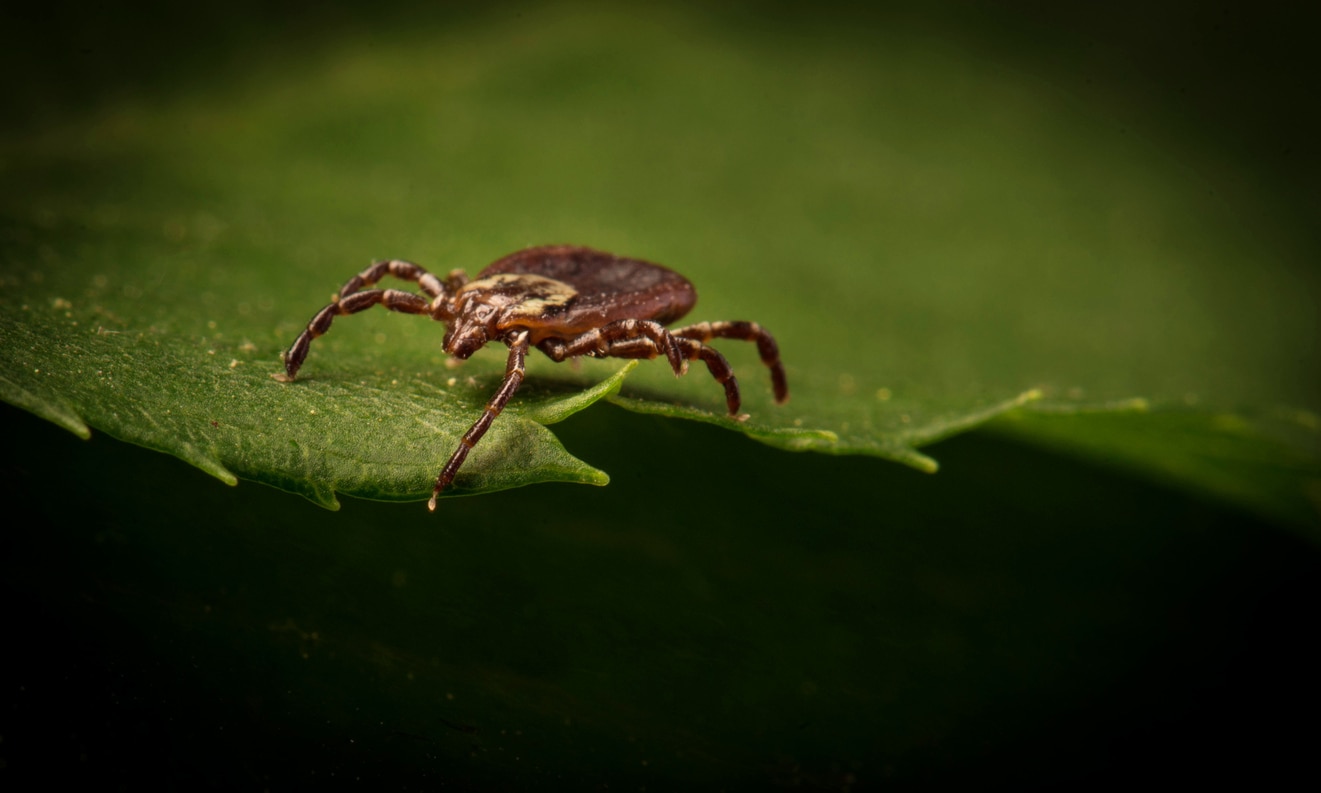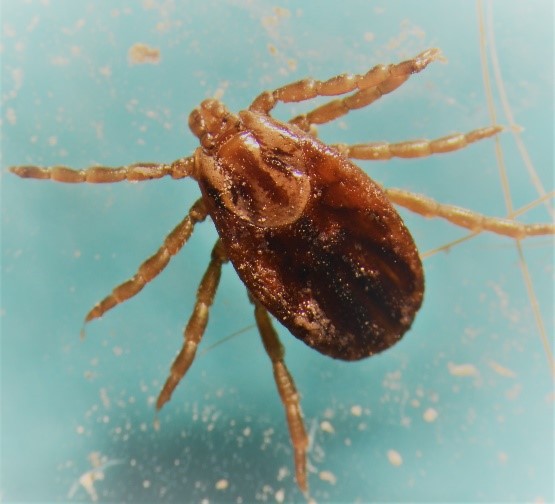Do Ticks Drop Off After Feeding
Ticks carry many serious diseases with long-term and debilitating effects. The best way to fight back is to prevent ticks year-round, keeping you and your pets safe.
It is important to understand how ticks reproduce and when they are most active. Ticks can kill both dogs and cats, so you need to stop the tick life cycle, ideally before they are able to transmit a potentially deadly disease.
Flea and tick prevention products aim to repel ticks or kill them before disease transmission, which is why they are so important.
The Life Cycle of a Tick
The tick life cycle consists of four stages:
-
Egg
-
Larva
-
Nymph
-
Adult
Larvae and nymphs have six legs and adult ticks have eight legs. Ticks are bloodsuckers and require a host (and its blood) to survive, molt, and reproduce. For most tick species, they require several hosts to complete their life cycle; for others, such as the brown dog tick, they can spend their entire life cycle on one host (your dog).
The female tick lays eggs by the thousands, usually under leaves or other types of detritus. The larva hatches and attaches to a host, usually a small bird or rodent like a mouse, where it can then pick up deadly diseases and become a carrier.
Shortly after feeding, the larva drops off the host, lies dormant up to a year, molts, and becomes a nymph. It then feeds on another host, where it can transmit its disease or diseases, drops off, and lies dormant again for a few months before molting into an adult.
The adult tick then finds its host—usually a larger animal or human—mates, feeds, and transmits the disease. The male tick remains on its host until done feeding, when it falls off and dies. The female tick usually falls off shortly after mating to lay its eggs. On average, this time frame takes about 2 years to complete.
When it's feeding, the tick regurgitates digestive enzymes to prevent its host's blood from clotting so it can continue feeding. During the regurgitation process, fleas transmit diseases to the host. This process often takes more than 48 hours for some ticks, but timing varies and for some tick species it only takes a few hours.
If the tick is found and removed early, the chances of disease transmission is rare. This is why tick prevention is critical to keeping pets safe year-round, since medications are designed to kill the tick or cause it to drop off its host before disease is transmitted.
6 Most Common Ticks in the United States
American Dog Tick

Photo Credit: iStock/dbstudio
Dermacentor variabilis has been known to transmit tularemia and Rocky Mountain spotted fever (RMSF), and is also one of the main ticks that cause tick paralysis. This tick can be found throughout the United States, but no longer in the Rocky Mountains, where it was first identified, and in Southwestern states.
Lone Star Tick

Photo Credit: iStock/Joesboy
Amblyomma americanum has been known to transmit Ehrlichiosis, tularemia, cytauxzoonosis, Heartland virus disease, rickettsiosis, and STARI (southern tick-associated rash illness). This tick is commonly seen in southern states but can be found in some northern states. This tick is most active from early spring to late fall.
Blacklegged (Deer) Tick

Photo Credit: iStock/Jason Ondreicka
Ixodes scapularis has been known to transmit Lyme disease, babesiosis, anaplasmosis, Ehrlichiosis, and Powassan virus disease. This tick is most often seen in the eastern United States but has reached as far south and west as Texas and South Dakota.
Brown Dog Tick

Photo Credit: iStock/RobertAx
Rhipicephalus sanguineus has been known to transmit babesiosis, Rocky Mountain spotted fever (RMSF), Ehrlichiosis, canine hepatozoonosis, and anaplasmosis. This tick is typically seen in southern states but there is no limit to its geographic expansion. A unique feature about this tick is that it can also be found in homes and kennels.
Winter Tick

Photo Credit: University of Nebraska
Dermacentor albipictus is more commonly seen on moose, deer, and elk than our companion animals. It is not known to carry diseases that can be transmitted to people or pets. As its name implies, it is most active in fall and winter and has been seen from coast to coast throughout the United States.
Gulf Coast Tick

Photo Credit: National Environmental Health Association
Amblyomma maculatum has been known to transmit rickettsiosis and canine hepatozoonosis. As its name implies, this tick is most often seen along the Gulf Coast but has been seen as far north as Ohio. It is most active from late summer to early fall.
How to Keep Ticks Off Pets
Ticks pose a significant threat to you and to your pets. It is vital that they be protected as best as possible, and the best way to protect is through prevention. Partnering with your veterinarian to find the right flea and tick medication is important for your pet's health.
Most tick prevention products that come in a chewable tablet like Bravecto and Nexgard, a wearable collar like Seresto, or even a topical like Frontline Plus take several hours before they start repelling and killing ticks. So when planning outdoor activity with your pet, make sure they are protected far in advance.
And because ticks have been found from coast to coast, veterinarians recommend providing year-round flea and tick protection for both dogs and cats, and performing frequent, thorough checks on all pets.
Featured Image: iStock.com/stock_colors
Source: https://www.petmd.com/general-health/8-things-to-know-tick-life-cycle
0 Response to "Do Ticks Drop Off After Feeding"
Post a Comment